“Ruben is wonderful at picking holes in our behaviour and our egos”: Woody Harrelson, Ruben Östlundand and cast at the Triangle of Sadness press conference
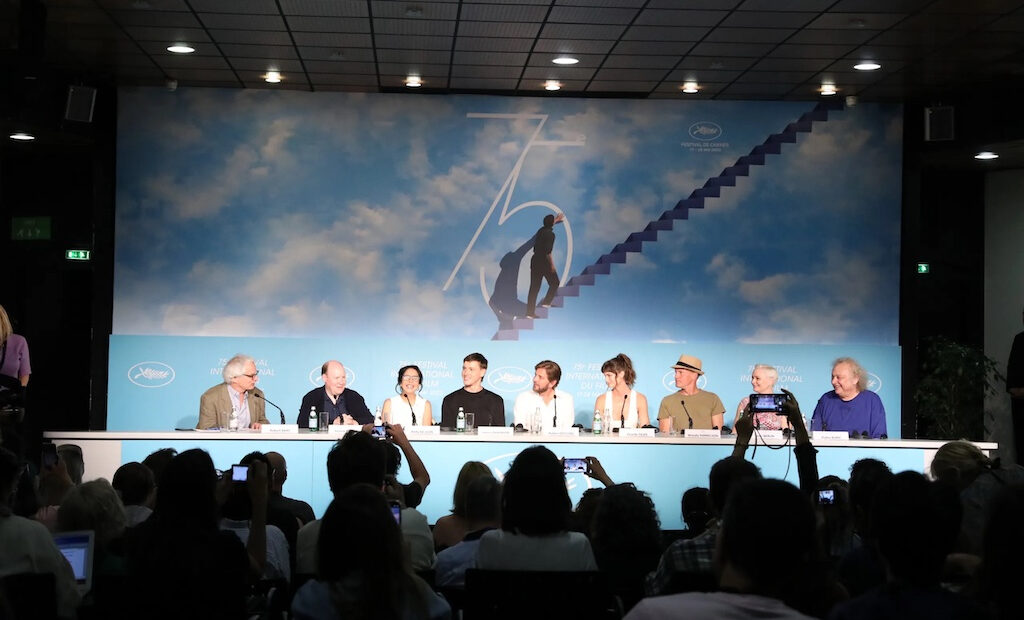
It is Sunday morning, the first day of the festival on which the sky is overcast.
“You guys are up early,” Woody Harrelson greets the journalists who have found their way into the brimming conference room and crowd the stage to make sure they get the best picture of the talent walking in. Amid the exuberant applause that welcomes cast and crew, there is a long “boo” creeping in – a small foreshadowing of the controversy that will undoubtedly follow the film’s public reception – but it is never followed up on.
When the American acting legend is introduced by the press conference’s moderator with his accolades, Harrelson tells his cast members, “I didn’t even know all that.”
Writer and director Ruben Östlund establishes that the origins of his interest in the world of fashion go back to his wife, who worked as a fashion photographer. He wanted to study this environment and the marketing of models, the way beauty is used as a currency. Something that stuck with him was a study on zebras in the wild: the individual animals are impossible to make out when they are together – their camouflage is not to blend in with nature, but to get lost in the herd. Fashion works the same way: it is marketed as a camouflage in order for humans not to stick out too much, the director says. He finds that interesting from a sociological viewpoint.
As far as the entertainment value of this film goes, he replies to an audience member’s question, he wanted to make a rollercoaster for adults, something both entertaining and challenging. He wanted it to bring in all audiences, and he points out that it combines the best parts of European (“intellectual and says something about society”) and American cinema (in which audiences cheer and party in the movie theatres). He feels there is a responsibility to create a great screening, and he likens last night’s premiere to a football match in terms of the reactions it elicited from the crowd.
Reaching out as much as possible was also the reason for setting this film in the English language, even though the Swedish filmmaker is critical about Anglo-Saxon dominance – not just in cinema, but media in general. But the setting also supplied sufficient motivation. His actors helped with the dialogue to make sure the nuances didn’t get lost when characters spoke in a non-native language.
Asked about working with a non-American director Harrelson finds the term too broad: “Ruben is very much his own thing.” He felt it was an exciting, a visceral and profound experience to work with the Palme d’Or winner, as the director gets his energy from his actors, which is a revitalising experience for both – “One of the greatest of my life,” Harrelson concludes.
How did his contact with Östlund come about? Woody Harrelson says that he wasn’t the one to contact The Square filmmaker to be in his next film, but he will do that for the film after Triangle of Sadness, “Whether he wants to or not.”
Östlund jokes Harrelson will play a captain of an aircraft this time; it will be a long-haul flight, titled The Entertainment System Is Down.
The Cannes competition entry marks model Charlbi Dean’s debut as a feature actress, and she felt she had an important inside scoop on the fashion world that benefitted this production. She loves the question the film poses – that if you take someone with beauty, wealth and influence and put them into a different environment, “Will [they] be the one to eat first?”.
“Ruben is wonderful at picking holes in our behaviour and our egos,” the film’s lead Harris Dickinson praises.
Asked about the casting process, Vicki Berlin shares that when she saw the role description state Paula was 25 years old, she thought she wouldn’t get the part because she was past that age. But Östlund has different priorities when finding his actors: “Ruben looks at types,” she says. He was looking for a particular “strained smile”.
There was a lot of improvisation, all the actors formed their parts together with the director, and, on average, it took them 23 takes per shot. Henrik Dorsin says to him it felt like a sociological element and he saw it as a gift.
Östlund jumps in to explain his method: the first tries are to sculpt the scene; the takes get better, then around take 20 they get worse. He installed a countdown and a gong for the last five takes, which served to boost morale again so the whole crew would give their full attention and presence to see their shared goal accomplished. Most often it is the last or second last take that makes it into the film.
Harrelson’s character is the voice of some of the message of this film, and the meaning is something all the actors seem to agree on (even as Woody explains he is not a Marxist, he is an anarchist). He finds nothing worse that when an abominable superpower attacks unprovoked: “Iraq, no Afghanistan, ah Ukraine,” he plays at George W Bush’s Freudian slip from a few days ago.
The elephant in the room is the irony of the film premiering in Cannes and it likely hosting an afterparty with the very types of people it called out.
Selina Sondermann
Photo: Maxence Parey/FDC
Triangle of Sadness does not have a UK release date yet.
Read our review of Triangle of Sadness here.
Read more reviews from our Cannes Film Festival 2022 coverage here.
For further information about the event visit the Cannes Film Festival website here.
Watch a clip from Triangle of Sadness here:

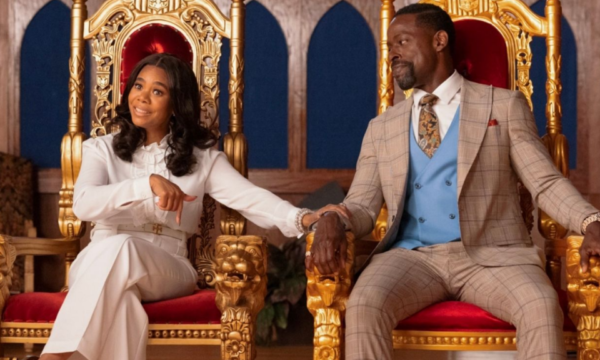

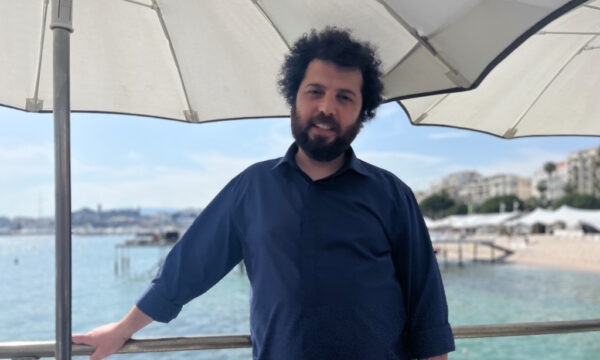
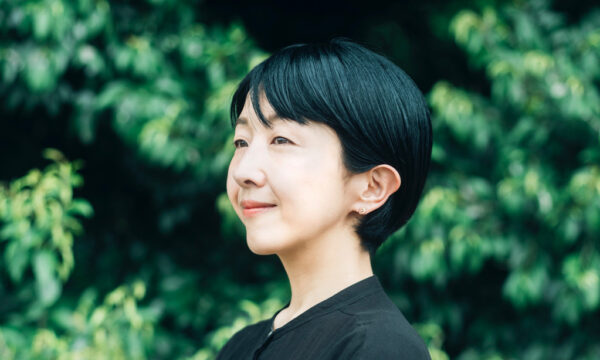
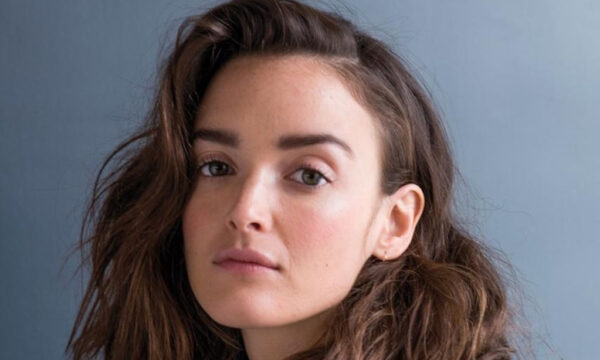
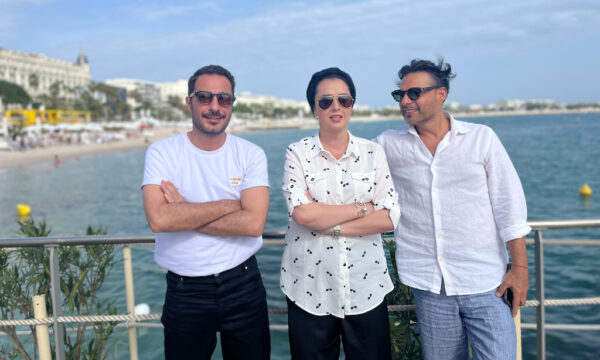
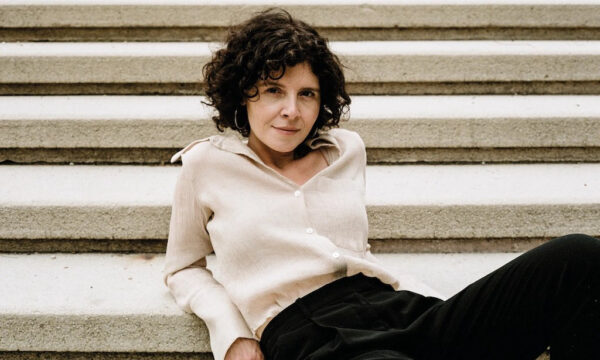
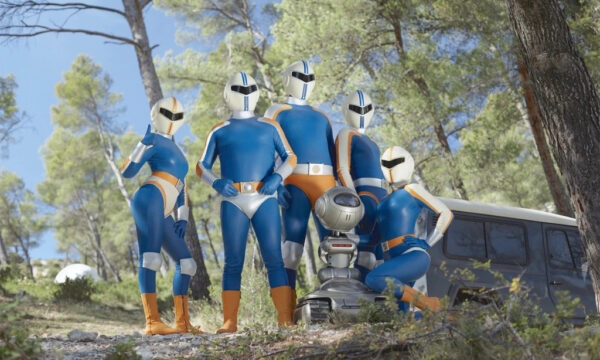
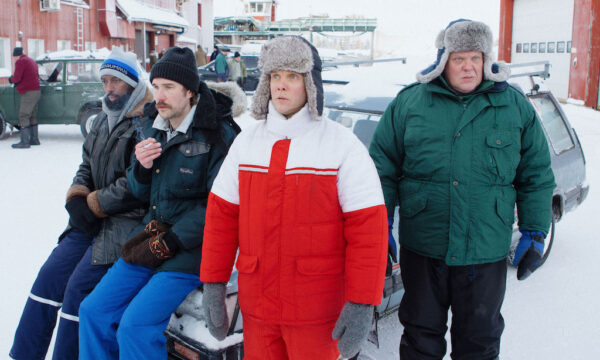
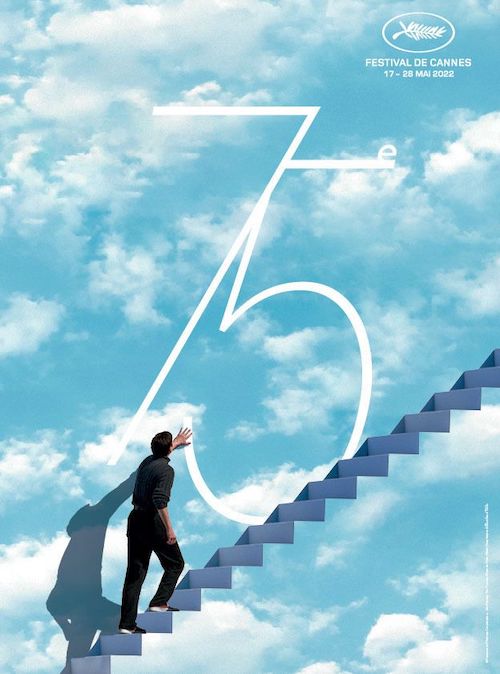














Facebook
Twitter
Instagram
YouTube
RSS